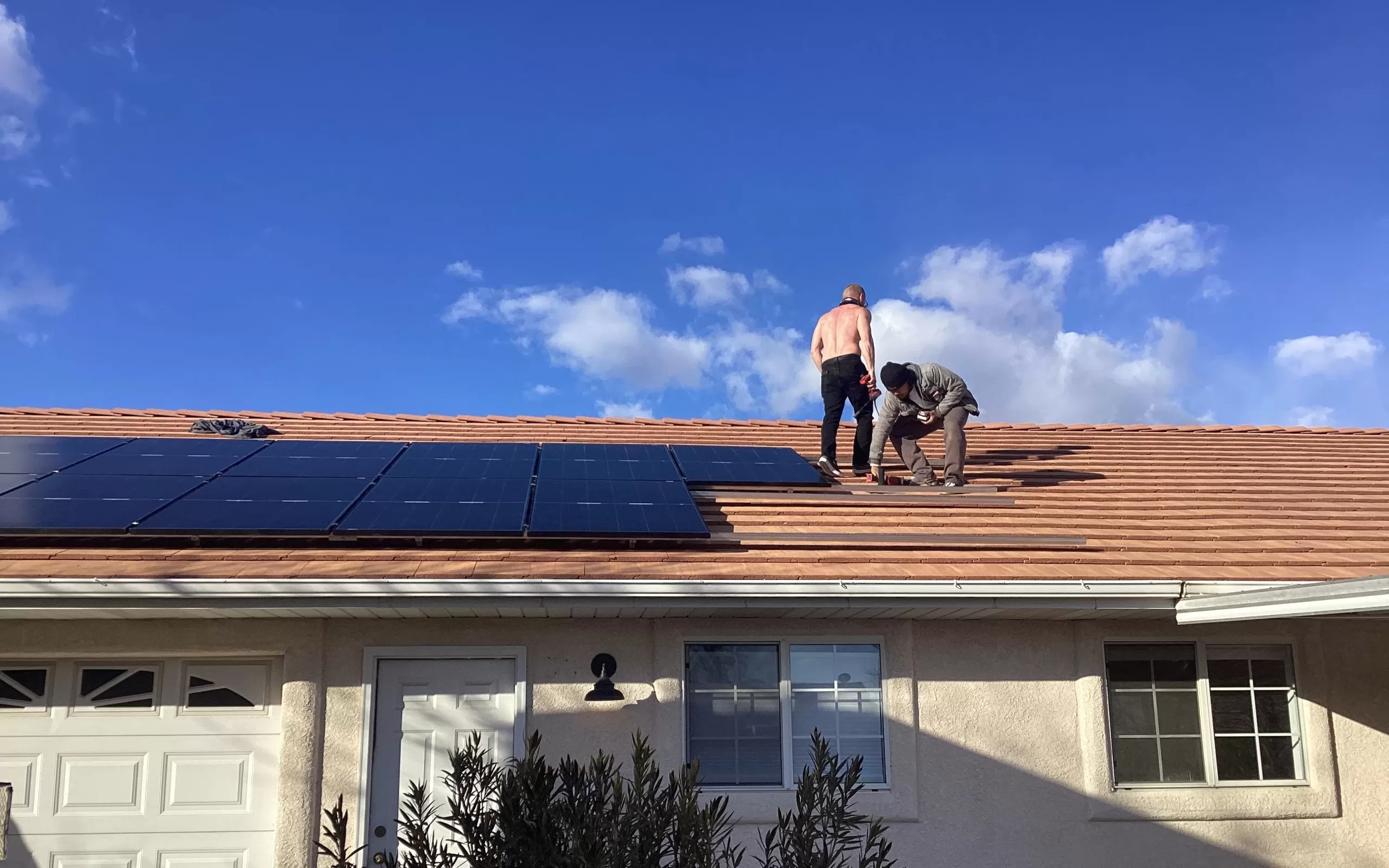Effectiveness of solar panels in Utah
Utah has abundant sunshine and is an excellent location for solar energy production. The effectiveness of solar panels in Utah depends on a variety of factors such as the location, the size of the solar panel system, the orientation and tilt of the solar panels, shading, and weather conditions.
According to the National Renewable Energy Laboratory (NREL), the average solar resource in Utah is about 5.3 kilowatt-hours per square meter per day. This means that a 1 kW solar panel system in Utah can produce an average of about 5.3 kilowatt-hours of electricity per day, assuming the system is operating at peak efficiency.

The effectiveness of solar panels in Utah can also vary depending on the time of year. During the summer months when there is more daylight, solar panels will produce more energy than during the winter months when there is less daylight. However, even during the winter months, solar panels in Utah can still produce a significant amount of energy.
Another factor that can affect the effectiveness of solar panels in Utah is shading. Trees, buildings, or other obstructions that cast shadows on the solar panels can reduce their output. To maximize the effectiveness of solar panels in Utah, it is important to install them in a location that is free from shading.
In general, solar panels in Utah are highly effective and can provide a significant amount of energy. With the right system design, installation, and maintenance, solar panels in Utah can provide a reliable source of renewable energy for homes, businesses, and communities.
Why solar works well in St. George, UT
Solar works well in St. George, UT due to its abundant sunshine and favorable weather conditions. St. George is located in the southwestern part of Utah, which is known for its high levels of solar radiation and clear skies.
According to the National Renewable Energy Laboratory (NREL), the average solar resource in St. George is about 6.5 kilowatt-hours per square meter per day. This means that a 1 kW solar panel system in St. George can produce an average of about 6.5 kilowatt-hours of electricity per day, assuming the system is operating at peak efficiency.
St. George also has a dry climate with low humidity, which is beneficial for solar panels as they tend to perform better in drier conditions. High humidity levels can cause dust and dirt to stick to the surface of solar panels, reducing their output.
Furthermore, St. George has relatively mild winters, which means that solar panels can continue to produce electricity even during the winter months. Snow and ice can accumulate on solar panels in colder climates, reducing their output. However, this is less of a concern in St. George, where there is less snow and ice.
In summary, solar works well in St. George, UT due to its high levels of solar radiation, clear skies, dry climate, and mild winters. These favorable weather conditions make St. George an excellent location for solar energy production.
How does a home battery work with solar to save on power costs?
A home battery system can work with solar panels to save on power costs by storing excess solar energy during the day and using it to power the home in the evening and at night. Here’s how it works:
During the day, solar panels generate electricity from sunlight. If the home is using less electricity than the solar panels are producing, the excess energy can be sent to the battery for storage instead of being sent back to the grid. The battery then stores this excess energy until it is needed.

In the evening or at night, when the solar panels are no longer producing energy, the home can draw on the stored energy in the battery to meet its energy needs. This reduces the need to purchase electricity from the grid during peak hours, when electricity rates are typically higher. By using stored energy from the battery during peak hours, homeowners can save money on their electricity bills.
The amount of energy that a home battery can store depends on its capacity, which is measured in kilowatt-hours (kWh). The larger the battery’s capacity, the more energy it can store and the longer it can power the home. It’s important to choose a battery size that is appropriate for the home’s energy needs and solar panel system.
In addition to saving money on electricity bills, a home battery system can also provide backup power during a power outage. If the grid goes down, the battery can automatically switch to providing power to the home. This can provide peace of mind for homeowners and ensure that critical appliances and devices remain powered during an outage.
Overall, a home battery system can work with solar panels to save on power costs by storing excess solar energy and using it to power the home when the solar panels are not producing enough energy.